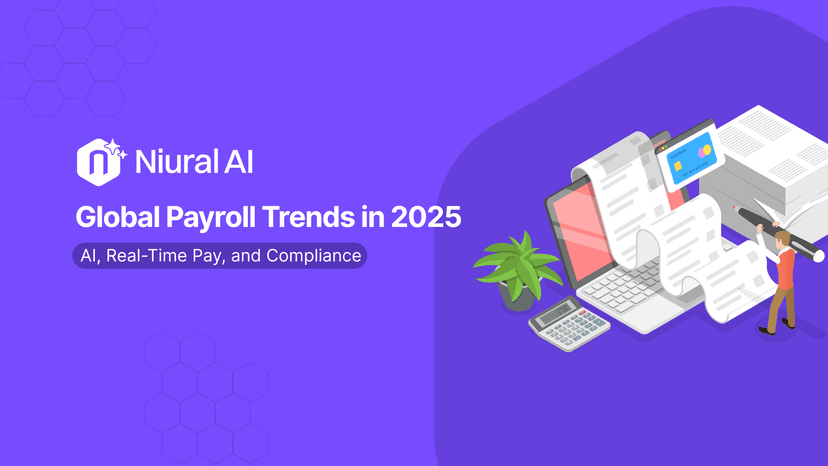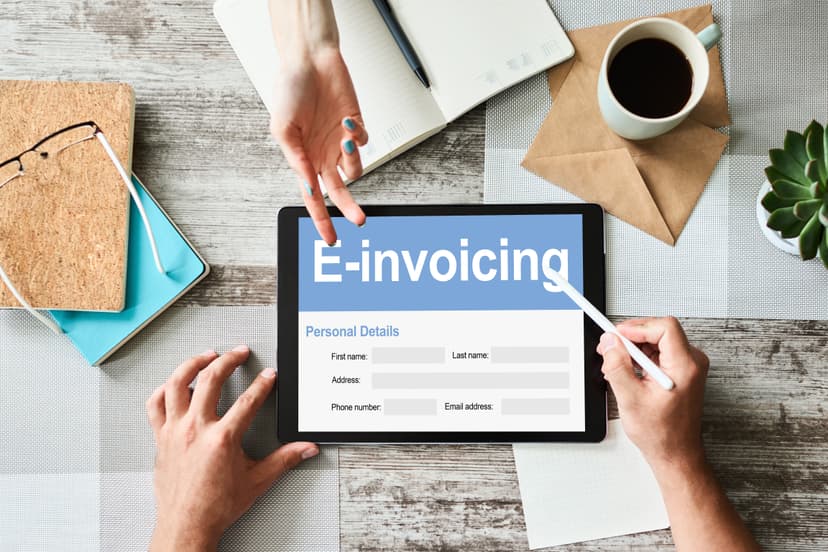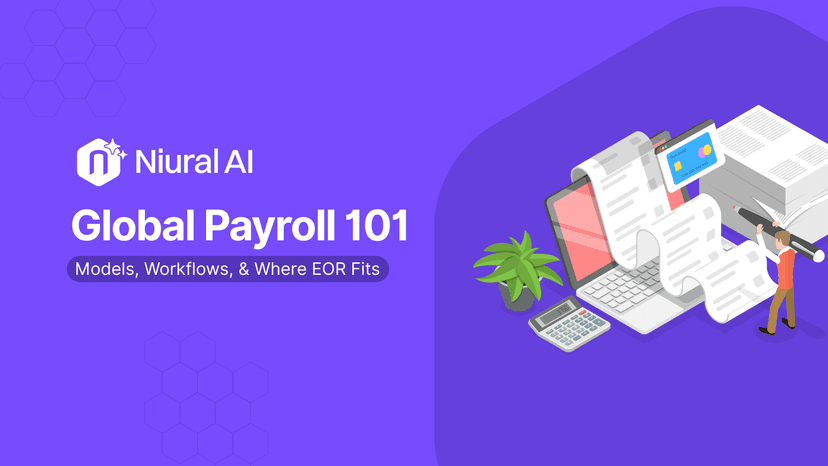For three decades, professional employer organizations (PEOs), third-party co-employers that handle payroll, benefits administration, workers’ compensation, tax deposits and filings, and day-to-day HR compliance while the employer retains hiring authority and operational control, have been the quiet backbone of American employment. In practice, co-employment means you keep daily operations and hiring authority, while the PEO assumes payroll, benefits, tax filings, compliance with labor laws, and workers’ comp. The model works. Independent research consistently shows that businesses using a PEO grow about 2 times faster and have 12% lower employee turnover than peers that do it alone. Also, PEOs offer Fortune 500-level benefits by pooling all workers in one master health plan, thus offering 20-30% lower rates than what they receive in the open market.
Yet a paradox sits at the center of the industry: while regulation, payments, and workforce expectations have sprinted ahead, much of the software running legacy PEOs remains anchored in another era. Operators still contend with brittle integrations, reconciliation drift, and month-end fire drills, the sorts of cracks where errors and penalties thrive. The question isn’t whether the PEO model creates value; it’s whether the underlying infrastructure keeps up.
Why Modernization Can’t Wait
Compliance is compounding. Each year brings fresh rules: pay transparency mandates, leave laws, privacy requirements, and ever-changing state unemployment taxes. The volume is multiplicative because requirements interact. In this environment, rules expressed as code scale better than static checklists, allowing issues to be flagged and addressed before filings.
Payments are evolving, and PEOs must adapt to keep pace. Employers now expect funds to move as quickly as their business demands. With Same Day ACH settling three times a day and allowing per-payment limits of up to $1 million, along with The Clearing House’s RTP® network offering 24/7 instant settlement and immediate finality, the need for faster, more flexible payment solutions has never been clearer. A PEO platform that intelligently routes payments across ACH, Same Day ACH, RTP, and even wires when necessary can significantly reduce exceptions, optimize cash flow, and ensure timely employee payments.
Data should prevent, not document, problems. PEOs have access to the complete employment picture: payroll, benefits, time tracking, reimbursements, and contributions. With the right architecture, this data can drive real-time risk scoring for issues like tax exposure, wage-hour anomalies, and eligibility cliffs. It can also automate filing preparation and trigger alerts that help address potential problems before they arise, rather than after the fact.
What a Modern PEO Looks Like
Modular by design. Replace monoliths with services such as tax, benefits, onboarding, time, pay, and compliance that share a common ledger and are upgraded independently, so a leave rule change doesn’t break payroll. That’s how you ship a new leave rule on Tuesday without breaking payroll on Friday.
AI-first compliance. The goal isn’t to replace experts; it’s to point them at the right problems sooner with pre-run validation and continuous monitoring across states. Models that watch for outliers (an unexpected SUTA rate, an FSA reconciliation gap) reduce manual toil and let specialists focus on high-leverage edge cases.
Real-time money movement. It's time to move beyond batch processing. By combining Banking-as-a-Service with programmatic controls, employers can fund payroll, taxes, and vendor payouts in near real time, all while maintaining an auditable status. The infrastructure is already in place; the key is making it smooth and reliable.
Observability over “reports.” Every calculation should be explainable: why a tax rate was applied, which statute it came from, when it changed, and who approved an override. Treat this as a product surface, not a PDF artifact.

A PEO empowers modern businesses to scale faster. (Source: Pexels)
The Stakes For Employers
For finance teams, modernization is risk management and working-capital discipline: fewer notices, steadier closes, less timing float. The macro case is already strong; PEO clients grow faster and churn less, so upgrading the engine amplifies gains.
ROI, quantified: According to NAPEO, using a PEO delivers almost 27% annual ROI from cost savings alone.
A Note on Transition Risk
“Modern” must still mean measurable and safe: parallel runs, ledger-level reconciliation, sandbox tax filings, and feature flags to unwind changes cleanly. Robust migration discipline is how you earn confidence while you move forward.
Where The Industry Is Heading
PEOs that marry AI-driven compliance with modern payments will define the next decade. They offer pooled benefits access, multi-state registrations, automated filings, and dashboards as standard. They’ll route funds across networks based on cost, timing, and risk; version every rule as code; and expose live system status instead of stale reports. The infrastructure is here, and adoption is accelerating.
How Niural Fits
Niural’s U.S. PEO was built from the ground up for this reality: AI-powered payroll with pre-run validation that automates tax and compliance, embeds BaaS payments for real-time flows, group-rate benefits, multi-state registrations, HRIS onboarding automation, 1099/W-2 automation, and real-time dashboards all tied together with an auditable ledger so everything works together by design. The goal isn’t a flashy veneer; it’s dependable execution at scale, fewer exceptions, faster money movement, and clearer controls.
Backing From builders Who Share The Vision
In June 2025, Niural closed a $31 million Series A led by Marathon Management Partners, with participation from M13, Inspired Capital, Newform Capital, and other strategic investors. As part of the round, Gokul Rajaram joined Niural’s board. Investors point to Niural’s AI-native approach, ownership of core infrastructure and payment rails, and the resulting unified customer experience across payroll, benefits, and payouts as key reasons for their conviction.
Modernizing the PEO isn’t about chasing acronyms. It’s about giving employers what they’ve always wanted: accuracy, speed, and confidence delivered by a platform finally designed for the way business moves now.
Discover how our PEO can optimize your finance and HR operations. Check out Niural PEO here.



